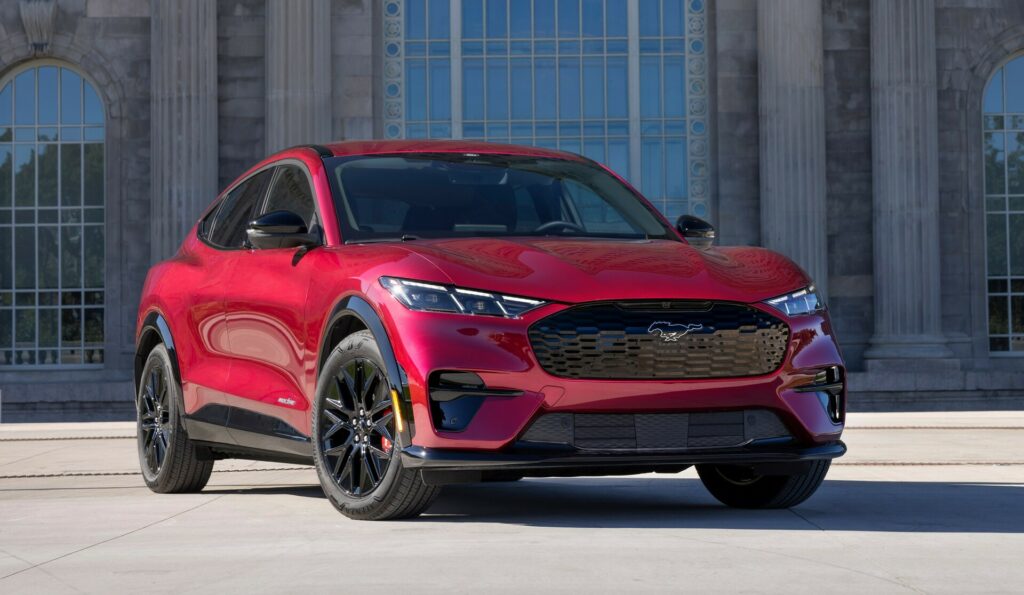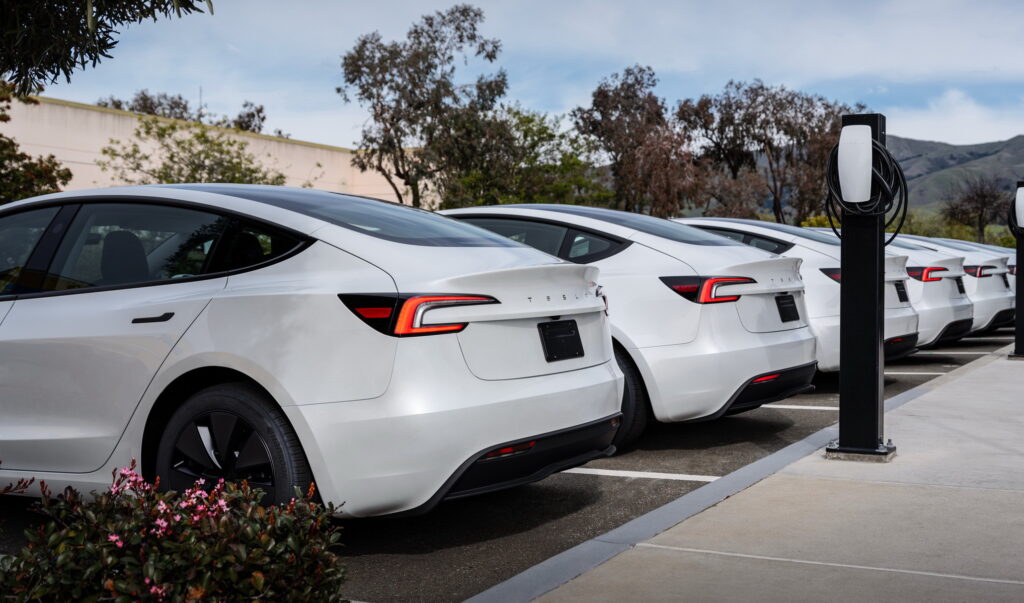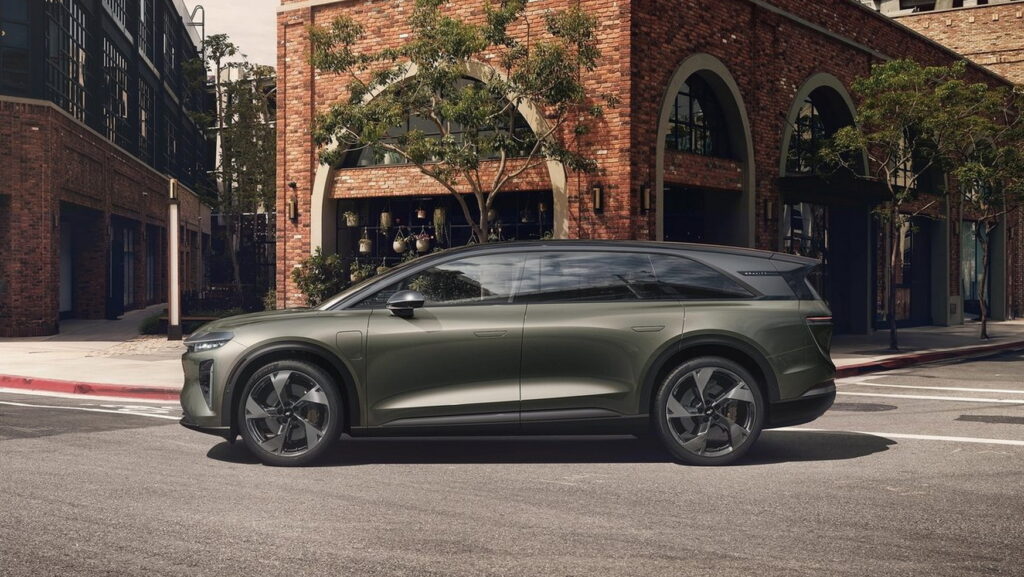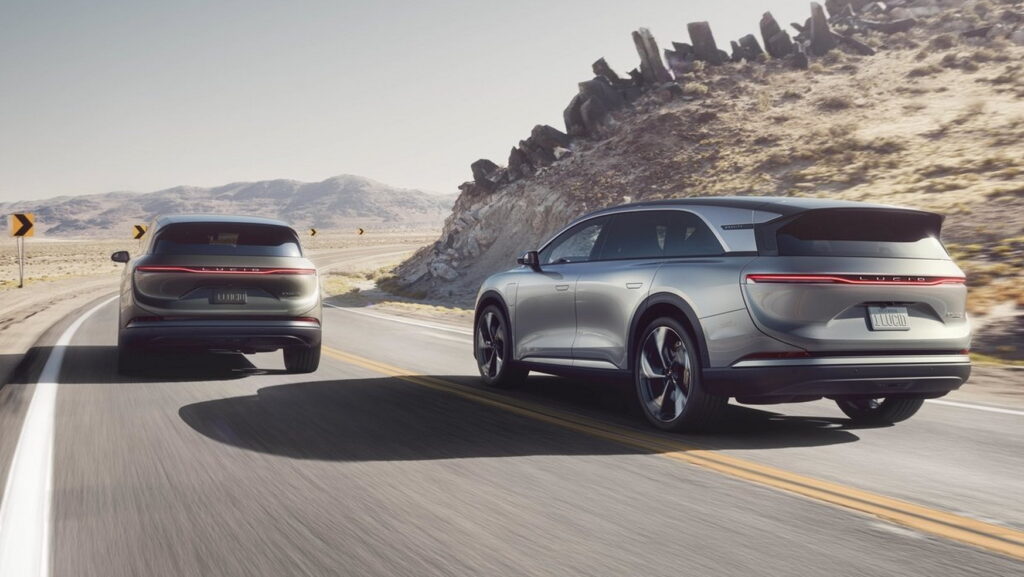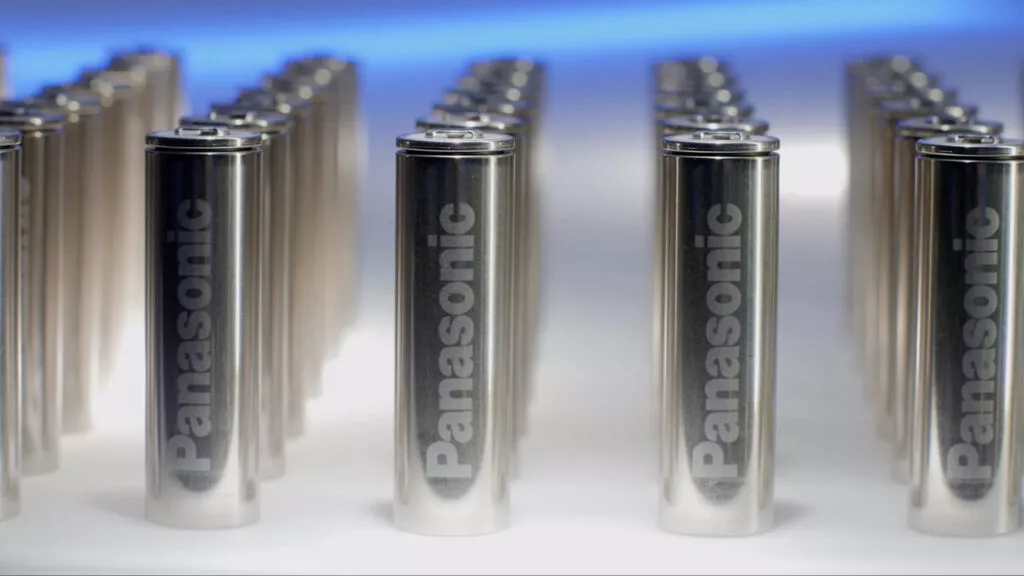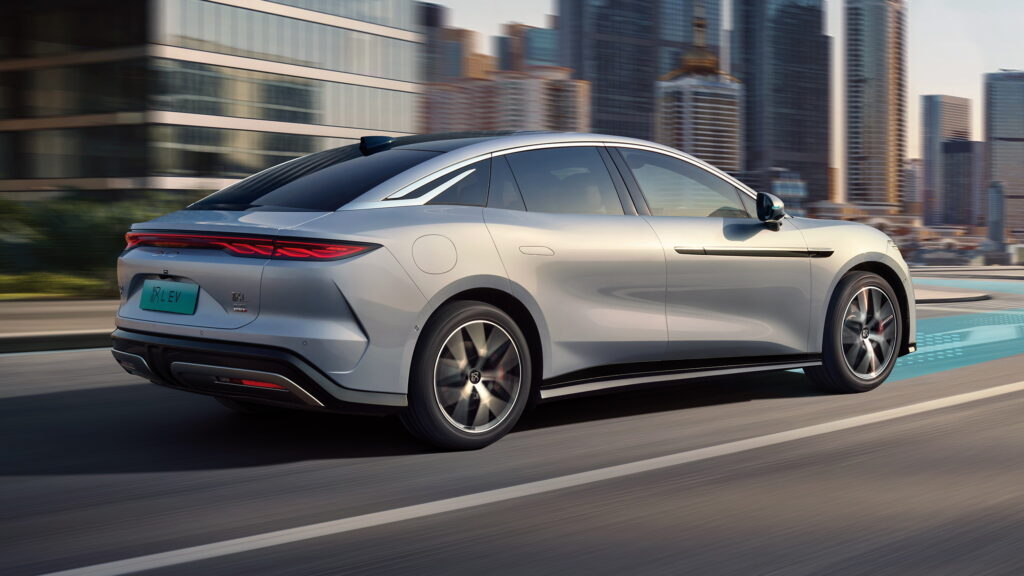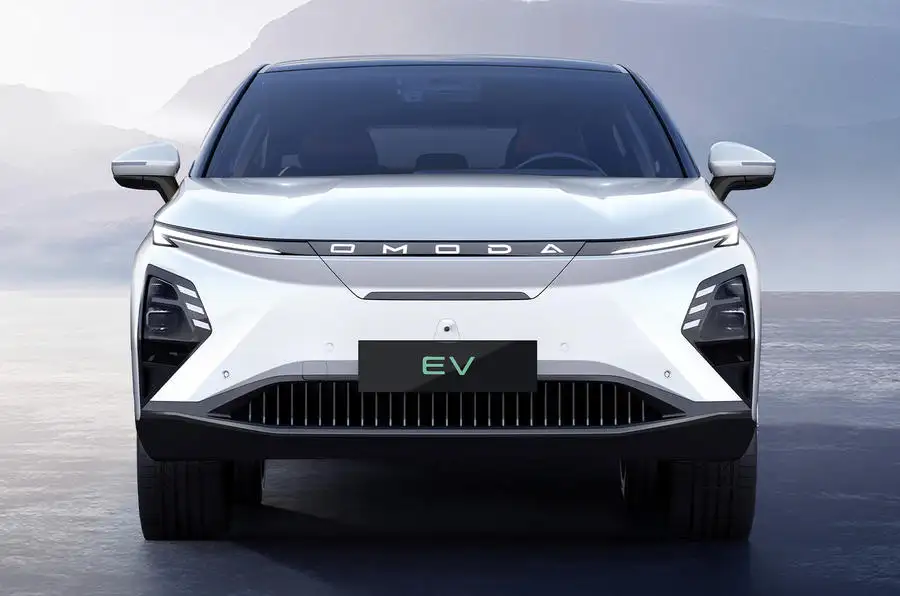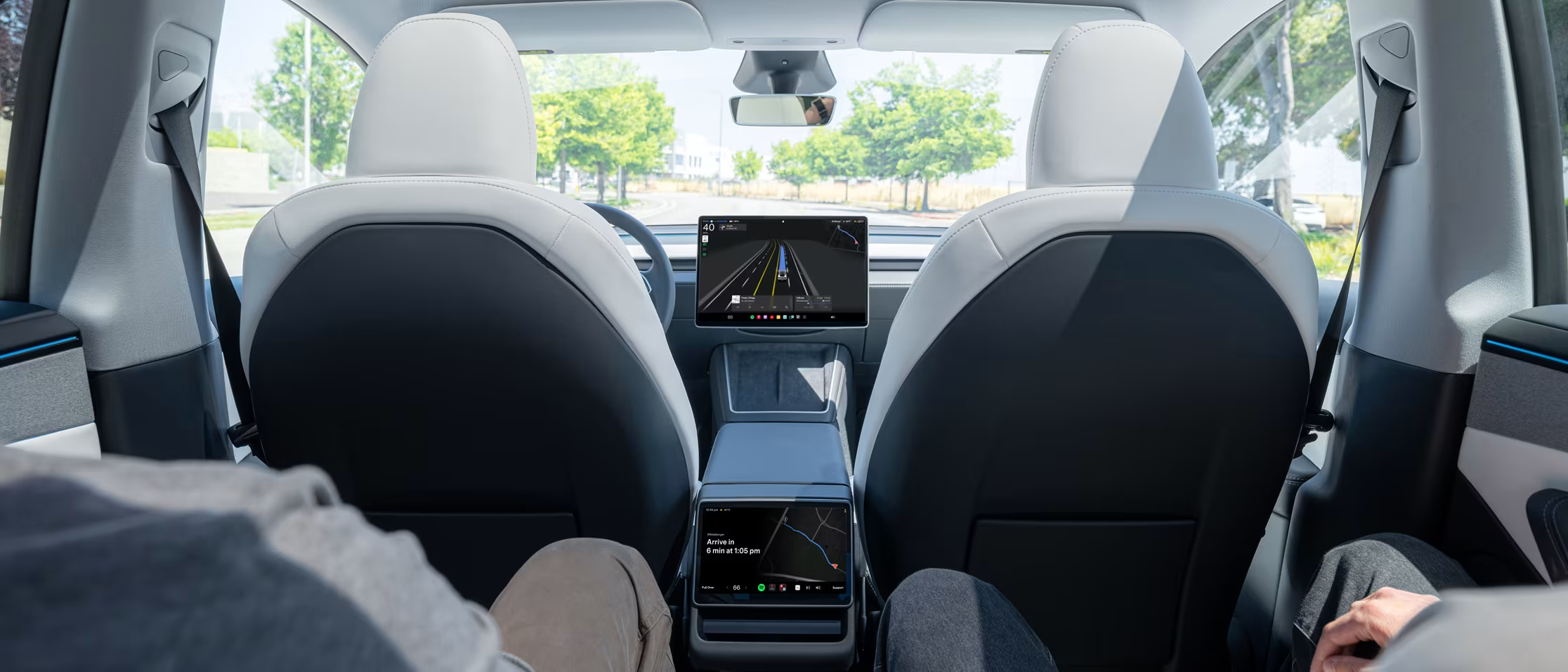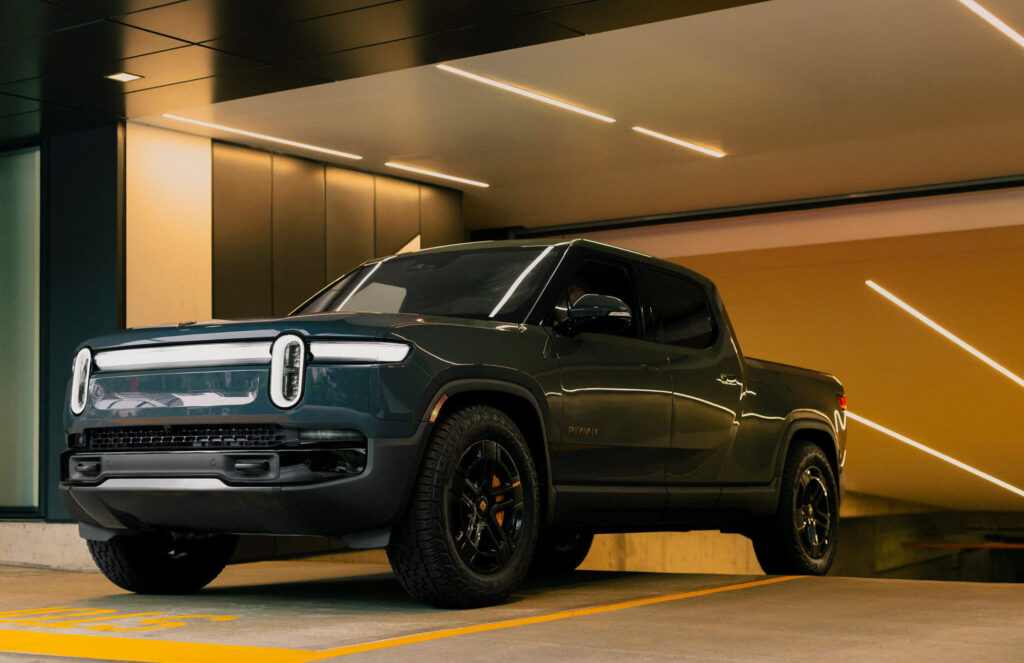New Model 3+ Could Quietly Become Tesla’s Most Important EV Yet

- Tesla is preparing to launch a long-range RWD Model 3+ variant in China.
- New model combines a single rear motor with a larger LG NMC battery pack.
- It’s expected to offer up to 497 miles of range on China’s CLTC test cycle.
Nowhere is Tesla facing tougher EV competition than in China, a market that has rapidly evolved into a hotbed of electric innovation. While the company maintains a commanding lead in the US, it finds itself contending with a far more crowded and fast-moving landscape in China.
Dozens of EV-only brands are racing to roll out new models at remarkable speed, constantly pushing the envelope in design, technology, and value. To stay competitive, Tesla is preparing to introduce a new version of the Model 3 in China, known as the Model 3+.
Read: Tesla Model Y And 3 Get Surprising Speed And Range Upgrade In China
Details first emerged when Tesla filed for a local sales license for this upcoming variant. The name might suggest something more performance-focused than the current Model 3 Performance, but that’s not quite the case.
Instead, this new version is expected to offer the longest driving range of any Model 3 to date. Further insight came through China’s Ministry of Industry and Information Technology (MIIT), which recently released data shedding light on what to expect from the Model 3+.
Rear-Wheel Drive, Upgraded Battery
For starters, the new model will be sold exclusively in rear-wheel drive guise. However, whereas the current entry-level RWD model in China has a small 62.5 kWh lithium-iron phosphate (LFP) battery from CATL, the Model 3+ uses a more expensive NMC battery from LG.

Tesla already sells an NMC-powered Model 3 in the country, the Long Range version, but that model is only available with all-wheel drive. It’s equipped with a 78.4 kWh battery pack and delivers a CLTC-rated range of 468 miles (753 km). By combining the energy density of an NMC pack with the efficiency of a single-motor, rear-drive setup, the Model 3+ is expected to stretch its range even further.
It remains to be seen whether the Model 3+ will use the exact same 78.4 kWh battery as the Long Range AWD version, but it’s likely. Notably, Tesla already offers a Long Range Rear-Wheel Drive Model 3 in the US fitted with a slightly larger 79.7 kWh NMC pack, which adds weight to the possibility.
It’s understood that the Model 3+ will offer up as much as 497 miles (800 km) of range on the generous CLTC cycle, matching the longest range version of the Xiaomi SU7. We expect to see it released in the coming months and for more details to be provided then.

